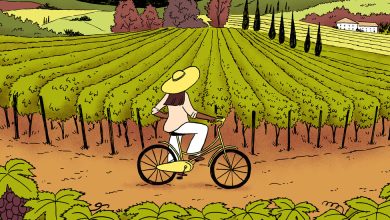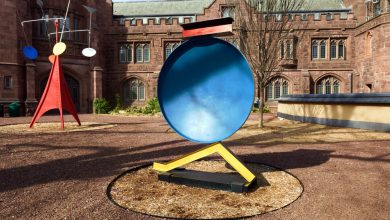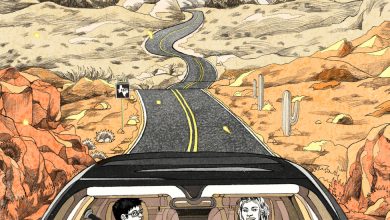Like Owls and Seabirds Today, Pterosaurs Coughed Up Food They Couldn’t Digest

Fur, bones, feathers and scales can be murder on the digestion. So predators that gulp their prey down whole face a conundrum: What do you do with the indigestible bits? Owls and other birds of prey cough up anything unusable. If you’ve been to a science museum, you may have dissected one of the products of these digestive outbursts, known as owl pellets.
It appears that flying predators were coughing up big pellets in the dinosaur era, too. In a paper published on Monday in the journal Philosophical Transactions of the Royal Society B, Chinese paleontologists announced the discovery of a pair of pterosaurs, each preserved in fine detail — along with the pellets leftover from parts of their meals. The find adds another animal to the history of life that spit out food it couldn’t digest.
According to Shunxing Jiang, a paleontologist with the Chinese Academy of Sciences and an author on the study, some researchers had suspected that pterosaurs might be capable of producing pellets, considering their close evolutionary relationship with dinosaurs, which also left pellets in the fossil record. But none had ever been found.
The team examined a pair of well-preserved specimens of Kunpengopterus, a toothy flier with a long beak that inhabited forests on lake shores late in the Late Jurassic era some160 million years ago. The specimens — an adult and a juvenile — both died and sank into the deep waters, where their bodies were covered by soft sediment.
The ooze at the bottom of the lake also covered large, compacted bundles of tough fish scales, in proximity to the pterosaurs. Dr. Jiang’s team found that these bundles — which closely resembled the pellets coughed up by modern seabirds — were wider than the pterosaurs’ pelvises, suggesting that they couldn’t have been passed through the animals’ bowels.
Therefore, Dr. Jiang said, they must have been pellets, which were either coughed up immediately before the animals died, or forced from the body by the buildup of gasses as the animals decayed.
“We have two specimens of one species, with similar-size pellets relative to its body size. This does not often happen in the study of vertebrate paleontology, especially pterosaurs,” Dr. Jiang said. That, he continued, “made our study more convincing.”
The pellets offer important clues to how Kunpengopterus lived. Occasionally, fish scales and bones are found preserved inside a pterosaur’s body. Outside of such occurrences, pterosaur diets are generally tricky to pin down, with paleontologists seeking clues to what they ate by comparing pterosaur beaks with the anatomies of living birds, or looking at the isotopic signatures in their bones.
While the toothy Kunpengopterus might have been a small generalist predator, Dr. Jiang said, at least two individuals dined on fish before they died. These fish dinners also differed in size according to the animal’s size — by comparing the scales found in the pellets with those from complete fish, the team concluded that the juvenile pterosaur had been eating average-sized fish, while the adult had swallowed something considerably larger.
Dr. Jiang said the size difference in the pellets’ contents is similar to the habits of adult seabirds, which go after the largest fish they can catch. It seems likely that Kunpengopterus preyed on the same species as it grew, with adults tackling progressively larger fish.
The find also gives an important hint about pterosaur digestive systems. Stomachs and guts almost never fossilize — but in order to regularly produce stomach pellets, an animal generally needs to have both a two-part stomach and an efficient process for forcing material out of the digestive tract. While at least one Cretaceous pterosaur shows evidence of a two-part stomach, Dr. Jiang said, the presence of pellets in a much earlier member of the family pushes the possible evolution of that digestive anatomy millions of years earlier.
And because some other members of the archosaur family — like certain crocodiles, dinosaurs and modern birds — also produce pellets, two-part stomachs and the ability to cough up indigestible bits in neat packages might have been a common trait in the larger archosaur family.
“Our knowledge about pterosaurs is quite limited because of the rarity of the fossils,” Dr. Jiang said. “This find shows us the possibilities.”




